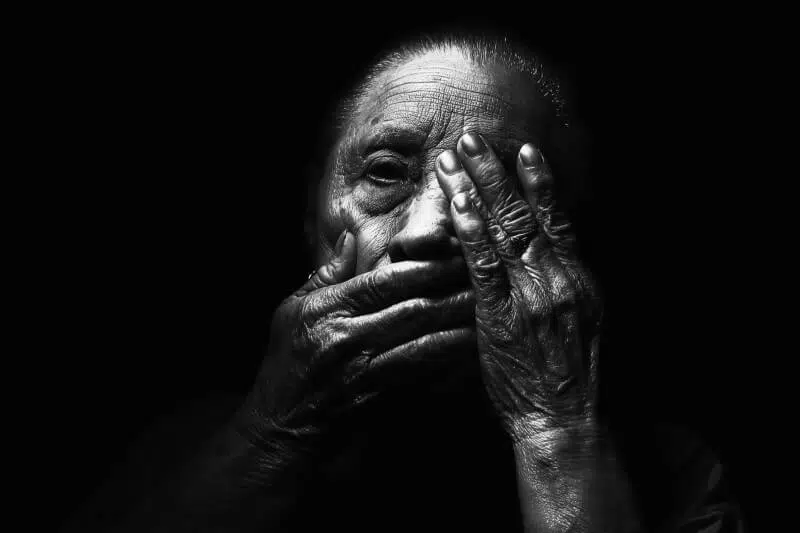Seeking asylum means asking another country for protection. This means that the government of the country of origin is unable to ensure the security of the person which may result in exposure to persecution in case of return to the country. Thus, the “manifestly well-founded nature of the asylum application” must be justified, which must therefore be based on an explanation of the reasons for fearing persecution if returned to the country of which one is a national. In order to gather all the required information and take a proper decision on the asylum claim, caseworkers are required to apply the relevant legal instruments during the refugee status determination and the assessment of each case. Although it might seem like a complicated task, it is actually very simple as long as the caseworker follows specific rules. In this article, I am providing a few of the easiest ways to apply international and regional refugee law instruments in refugee status determination procedures. Whether you are an asylum caseworker with UNHCR or with the government, the following tips are useful and applicable.
When in doubt, re-read the refugee definition:
Before applying any legal instrument in the asylum context, it is crucial to be fully aware of the definition of a refugee, first in the 1951 Geneva Convention and then in other regional legal instruments like the OAU Convention Governing the Specific Aspects of Refugee Problems in Africa or the Cartagena Declaration on Refugees which covers South America.
The 1951 Convention is the key legal instrument that directs the work of an asylum caseworker and especially the work of UNHCR and its partners. It defines a refugee as someone who ““owing to well-founded fear of being persecuted for reasons of race, religion, nationality, membership of a particular social group or political opinion, is outside the country of his nationality and is unable or, owing to such fear, is unwilling to avail himself of the protection of that country; or who, not having a nationality and being outside the country of his former habitual residence, is unable or, owing to such fear, is unwilling to return to it.” It is based on this definition that an asylum eligibility officer can take a decision on the refugee claim at hand and thus apply any other relevant legal instrument. People flee their countries for an infinity of reasons, which is also what makes the difference between a refugee or asylum seeker and a migrant. The first and most important element an asylum caseworker needs to focus on is the REASON why the asylum seeker left his/her country of origin. To make it even simpler, the first way to apply refugee law instruments in status determination interviews is to determine the convention grounds, in other words whether or not there is a nexus between the reason why the claimant left his/her country and one of the five grounds for refugee status mentioned in the 1951 Geneva Convention. It is as easy as that!
Now, in some regions of the world like Africa and South America, Refugee Status Determination might not stop at the 1951 definition. These two regions of the world have their own additional conventions on refugees, which are somewhat adapted to the reality of each of these places and to the actual reasons why people leave their countries. For example, the African Union Convention extends the definition of a refugee to a person fleeing “aggression, occupation, foreign domination or events seriously disturbing public order” which includes, therefore, people fleeing general conflicts or civil wars. This means that an asylum caseworker in an African country would have to be aware of the additional definition of the OAU Convention and to apply this legal instrument before taking a final decision, by first trying to establish a convention nexus and, in the absence of such nexus, by determining whether the refugee claim is related to one of the grounds mentioned in the regional legal instrument of the African Union.
Prepare for the interview:
One common misconception that asylum caseworkers might have is that all refugees from a certain nationality for example have the same background, same journey and eventually the same reason why they are seeking asylum. However, this is one of the most dangerous misconception you might have as an Eligibility Officer in the asylum context as it prevents you from fully grasping the gist of the asylum seeker’s story. It also usually prevents you from preparing for the interview, which is a crucial step in conducting a fair interview and in taking the right decision on the case.
Therefore, it is highly important to ALWAYS prepare yourself for any interview and any new applicant. Preparation is the key to understanding the full context and to selecting the relevant legal instruments to use in any case. Let us take for instance the example of an adult male from a Middle Eastern country seeking asylum in any given country other than his own. When preparing for the interview, you would have to search at least basic information on the situation in his country of origin and his area of habitual residence in particular in order to properly assess his nationality (especially in the absence of identity documents) and to ask questions about his whereabouts during the conflict. When checking his registration file, which is the very first file containing basic information and biodata on any applicant, you realize that he has been politically affiliated with a party that you suspect is a perpetrator in the country. This will be extremely important to probe further with the applicant during the interview to understand whether or not he was affiliated in any way possible with war crimes or human rights violations, which would also mean using a different set of laws and conventions related to the Exclusion Acts of the 1951 Refugee Convention to determine whether or not he can still be recognized as a refugee.
On the other hand, if we take the example of an unaccompanied minor from Eritrea who is seeking asylum as he has fled forced military service and human rights violations in his country of origin, we would be definitely looking at different legal instruments to prepare for the interview and be able to take a decision on the claim. Such instruments include the Convention of the Rights of the Child (CRC), Optional Protocol to the Convention on the Rights of the Child on the Involvement of Children in Armed Conflict (OPAC), Protocol to Prevent, Suppress and Punish Trafficking in Persons Especially Women and Children, Supplementing the United Nations Convention Against Transnational Organized Crime…
Gather Country of Origin Information (COI)
Country of Origin Information are any data and updates you might research on a specific country, region or even village for your refugee status determination assessment. They include national laws in the country of origin of the asylum seeker. Why would you need national laws from the country of origin? Because part of the job of an asylum caseworker is to determine whether or not the applicant can obtain the protection of his state in his home country in the case of return. State protection is a key component of any given refugee claim. In fact, refugee status is a form of international protection given by a country rather than one’s own in the case of absence of protection from one’s own country of origin, especially when the state is the actual agent of persecution. Therefore, by researching national laws in the country of origin, a caseworker is able to see the full picture and determine whether the asylum seeker is in actual need of international protection. For example, when working with Eritrean nationals, the first thing a caseworker should do is familiarize him/herself with the laws on military service and illegal exit from the country. Knowing that people might face lifetime military service or imprisonment in the case of return to Eritrea is a crucial component of the refugee claim.
As a conclusion, it is always important to base your assessment on the relevant international and regional refugee law instruments. However, expanding your research by using human rights conventions and other human rights instruments to support your case is always a good practice.











